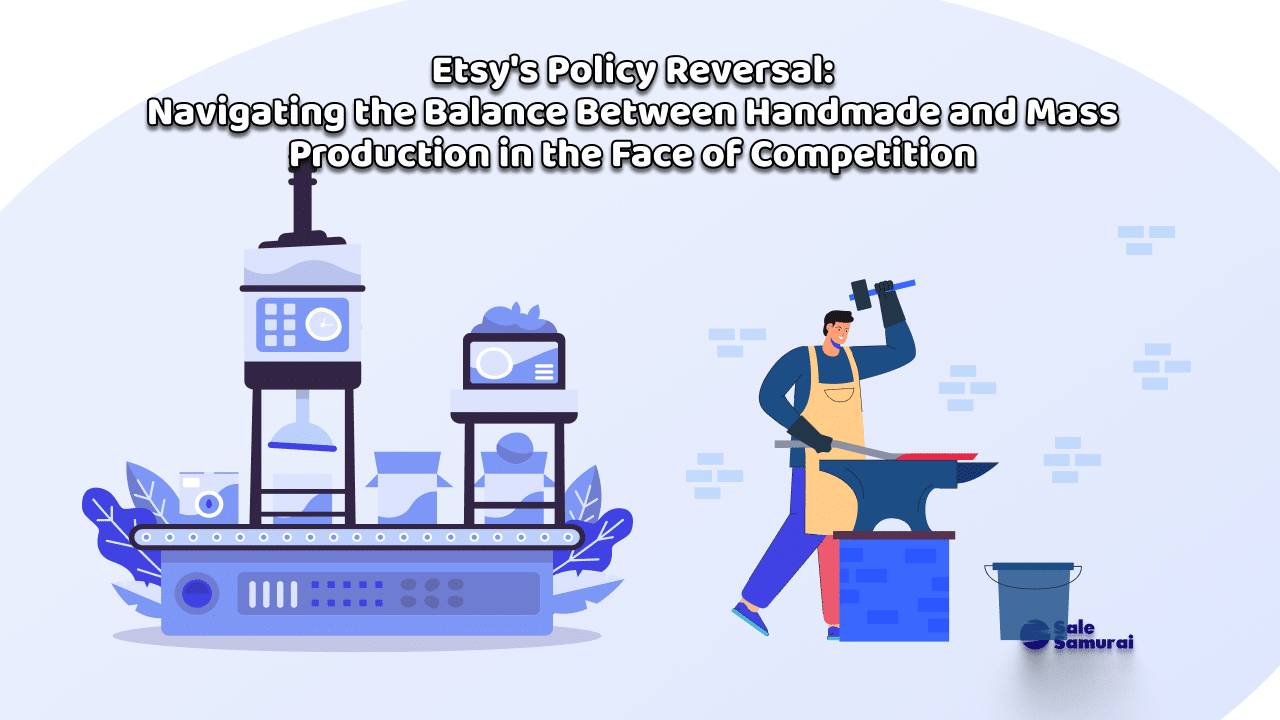
Etsy has long been a beacon for unique, handmade, and vintage items, distinguishing itself from other e-commerce giants like Amazon and Temu. The platform’s identity has been deeply rooted in its commitment to offering products infused with a personal touch, often crafted or carefully selected by individual artisans. However, recent policy changes signal a significant shift in Etsy’s approach, aimed at addressing evolving market dynamics and competitive pressures.
The New Classification System
In a bid to provide more transparency and detail to shoppers, Etsy has introduced four new classifications for items sold on its platform: “made by,” “designed by,” “handpicked by,” and “sourced by.” Each product listed on Etsy now needs to fall under one of these categories to be eligible for sale. This change aims to clarify how items are made and the seller’s involvement in the process.
- Made by: Items handmade by the seller, such as a vase crafted by a ceramics artist.
- Designed by: Products designed by the seller but produced with external help, such as a digital illustration or print-on-demand T-shirts.
- Handpicked by: Vintage items or unique finds curated by the seller, with additional vintage indicators on listings.
- Sourced by: Craft supplies and materials like beads or clay.
Etsy CEO Josh Silverman emphasized that despite these new classifications, the platform’s core principle remains unchanged: items must have a human touch, which is central to Etsy’s brand identity.


Historical Context: The Shift Towards Mass Production
Etsy’s journey has seen a gradual relaxation of its handmade-only policy. In 2013, the company allowed sellers to use external production assistance. This move was designed to accommodate sellers who needed help meeting demand, such as those selling cloth masks during the COVID-19 pandemic or graphic designers using print-on-demand services. While this expansion brought a diverse range of creatives to Etsy, it also opened the floodgates to mass-produced items, causing frustration among traditional artisans.
The increase in mass-produced products was a key issue during the 2022 Etsy seller strike, where shop owners voiced concerns about the platform not doing enough to uphold its handmade policy. Many felt that the influx of drop shippers and resellers diluted the marketplace, making it harder for genuine handmade products to stand out.
Facing Fierce Competition
The introduction of new classifications comes at a time when Etsy faces stiff competition from ultra-cheap online retailers like Temu. These platforms, often backed by Chinese government support, have been able to offer products at prices that Etsy sellers find hard to compete with. 
Many of us have had some experience with Temu. You may have purchased something from them and never received it or received a cheap counterfeit copy that barely resembles what you saw on the listing. Or, like me, you have either had an item of yours counterfeited, or work with a factory that the Chinese government attempted to strongarm into making products for below cost.
You may be familiar with Wish, which was Temu 1.0. The customer experience was so bad it spawned “When you buy ____ on Wish” memes. Temu is the result of learning from that process.
Unlike other legitimate Western-style market-based shops like Alibaba, Temu is financed by the Chinese government and uses loophlole to get around tariffs and shipping laws by taking advantage of a law that excludes direct packages of a certain weight from tariffs or levies. When you buy something from Temu – if you ever receive anything – your package is delivered directly from the People’s Republic of China. It is also impossible to return if you are unhappy.
Because it is subsidized by the Communists, the goods are sold at impossibly low prices. Therefore, it is unfairly competing with – and affecting – legitimate Western e-commerce sites. Make no mistake, this is warfare – with predatory pricing, small packages and American ignorance (America first, except when there’s a bargain!) taking the place of bombs, missiles and bullets, all aimed at damaging American companies and pickpocketing citizens. While they can’t beat us with their military, they’re gonna play Ewoks through our mailboxes.
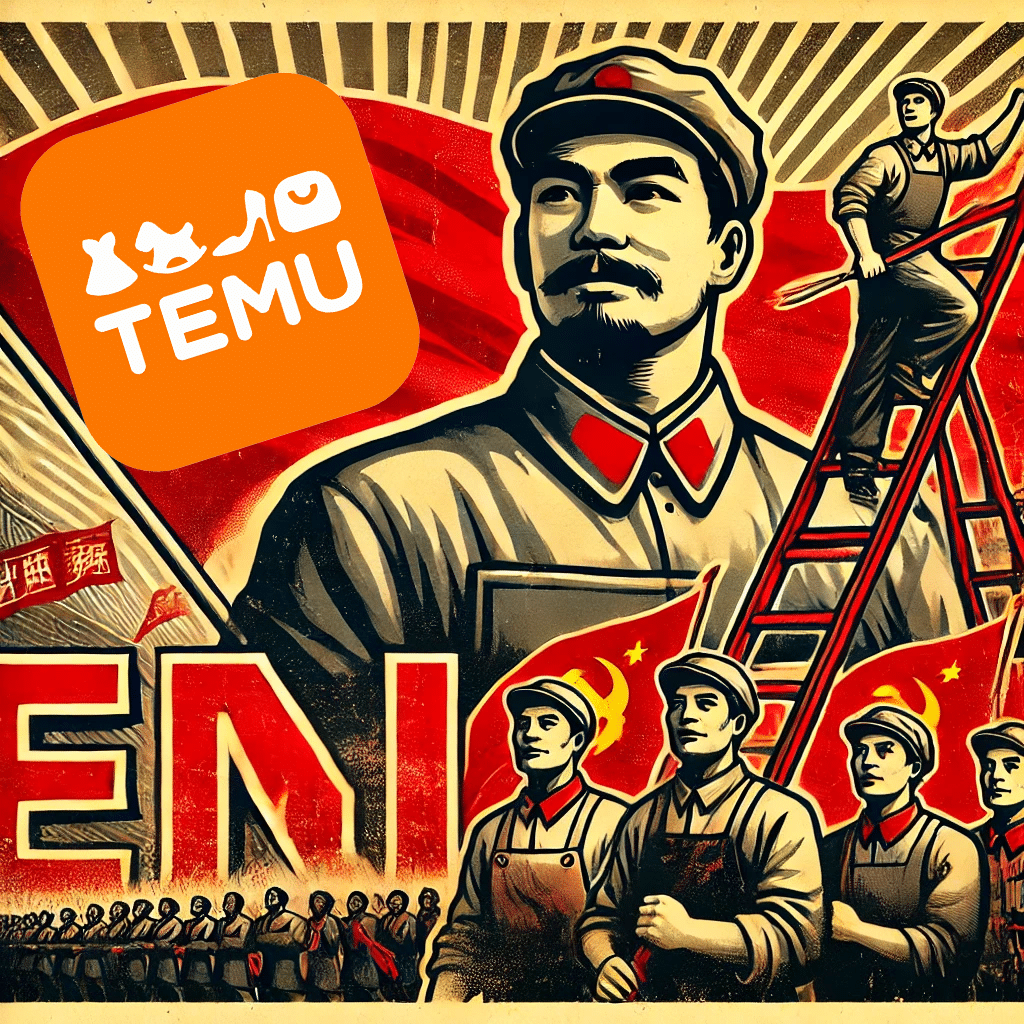
To combat this, Etsy has rolled out new site features and even launched a glossy Super Bowl ad to highlight its unique offerings.
However, the pressure from competitors has also led Etsy to reverse some of its recent policy changes. By relaxing its stringent handmade requirements, Etsy hopes to attract a broader range of products and sellers, ultimately increasing its competitive edge. This shift is seen as a necessary step to keep up with the rapid pace of the e-commerce world, where convenience and price often trump the authenticity of handmade items.
Balancing Authenticity and Market Demands
One of Etsy’s biggest challenges is maintaining the integrity of its brand while adapting to market demands. The platform’s essence lies in its promise of handmade, unique items, yet the reality of the market necessitates flexibility. The introduction of the new categories is an attempt to strike this balance, providing clarity to shoppers while offering sellers the opportunity to expand their offerings.
The rise of synthetic AI-generated content has further complicated this landscape. AI tools have made it easier for sellers to produce and list items that mimic handmade products. Etsy’s new classification system is also a response to this trend, aiming to reassure shoppers that they are buying genuinely human-made or curated items.
The Future of Etsy
As Etsy navigates these changes, its future will depend on its ability to balance authenticity with market competitiveness. The platform’s new direction reflects a broader trend in e-commerce, where the lines between handmade and mass-produced are increasingly blurred. For Etsy to thrive, it must continue to innovate while staying true to the values that set it apart.


For sellers, this means adapting to new classifications and finding ways to highlight the unique aspects of their products. For buyers, it means being more discerning and taking advantage of the additional information provided in product listings.
The Impact on Sellers
The new policy changes have significant implications for sellers on Etsy. Many sellers who have built their businesses around the platform’s original ethos of handmade craftsmanship are concerned about the influx of mass-produced items. They fear that this could lead to a further dilution of the market, making it even harder for genuine handmade products to gain visibility.
However, the new classifications also present opportunities. Sellers who source vintage or craft supplies now have a clear category under which to list their items, potentially increasing their appeal to buyers looking for these specific products. Moreover, sellers who design their products but use third-party manufacturing can now be transparent about their production process, which can build trust with buyers.
Navigating the Competitive Landscape
Etsy’s decision to relax its handmade policy can be seen as a strategic move to navigate a highly competitive e-commerce landscape. Platforms like Temu, with their aggressive pricing and extensive product ranges, pose a significant threat to Etsy’s market share. By broadening its product categories, Etsy can attract a wider range of sellers and products, thereby increasing its appeal to a broader audience.
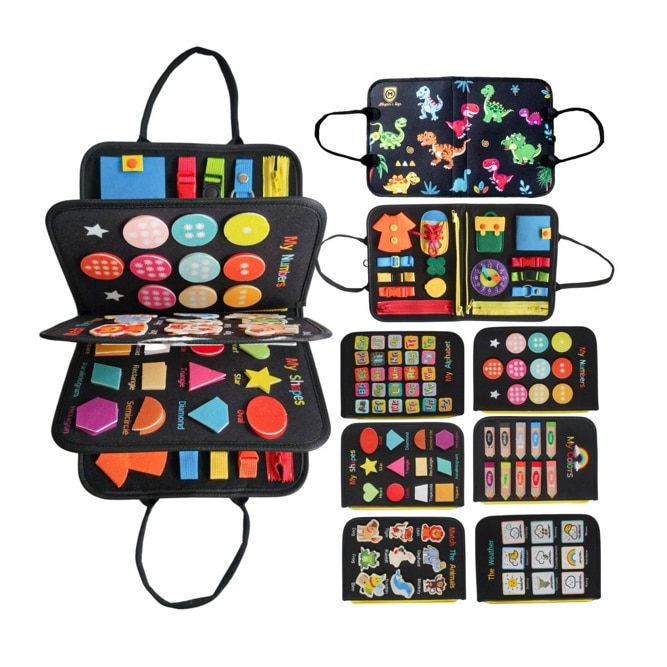
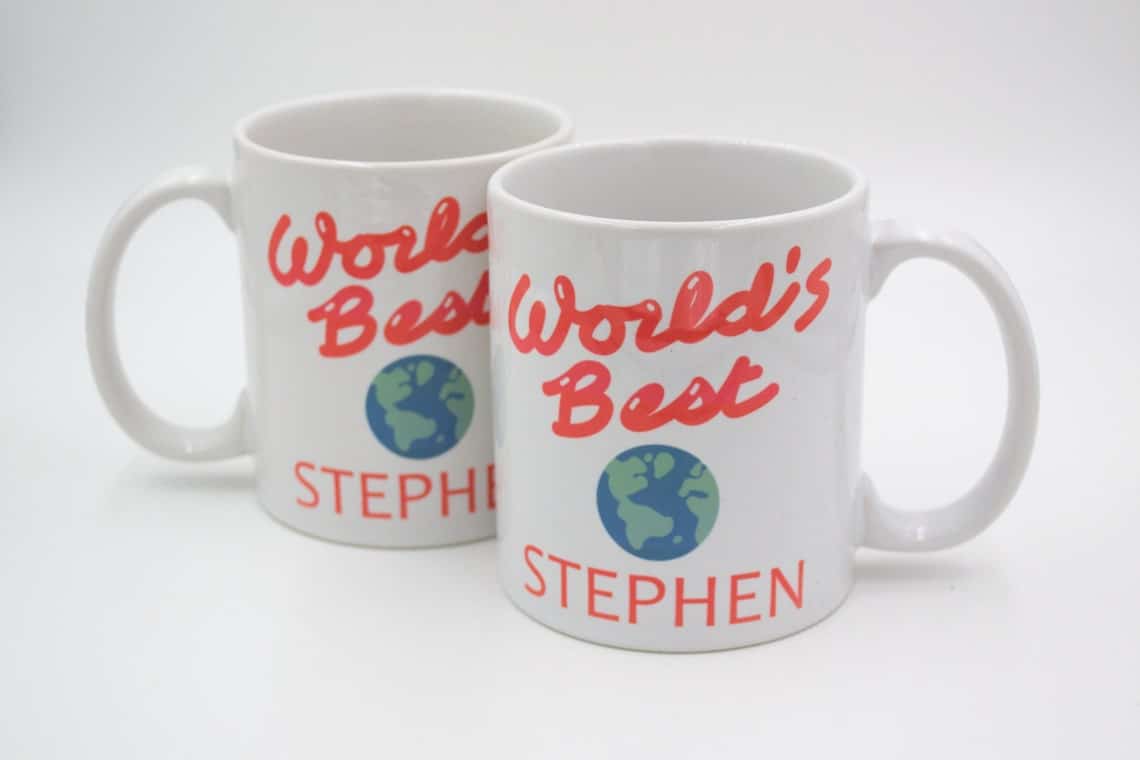
However, this strategy is not without risks. The challenge for Etsy will be to maintain its unique selling proposition of offering handmade and unique items while expanding its product range. This requires careful curation and enforcement of the new classifications to ensure that the platform does not become flooded with mass-produced goods that could erode its brand identity.
Embracing Technological Advancements
The rise of AI-generated content and automated production tools presents both challenges and opportunities for Etsy. On one hand, these technologies can enable sellers to produce items more efficiently and at a lower cost. On the other hand, they can also lead to a proliferation of generic, mass-produced products that undermine the platform’s handmade ethos.
Etsy’s new classification system aims to address these challenges by providing transparency about how items are made and the seller’s involvement in the process. This can help reassure buyers that they are purchasing items that have a genuine human touch, even if they are produced with the aid of technology.
Looking Ahead
As Etsy moves forward, its success will hinge on its ability to balance the demands of a competitive market with its commitment to handmade and unique products. This requires continuous innovation and adaptability, as well as a deep understanding of its customers’ needs and preferences.
For sellers, the key to success on Etsy will be to embrace the new classifications and find ways to differentiate their products in a crowded marketplace. This means focusing on quality, authenticity, and transparency, and leveraging the tools and resources provided by Etsy to enhance their listings and reach a wider audience.
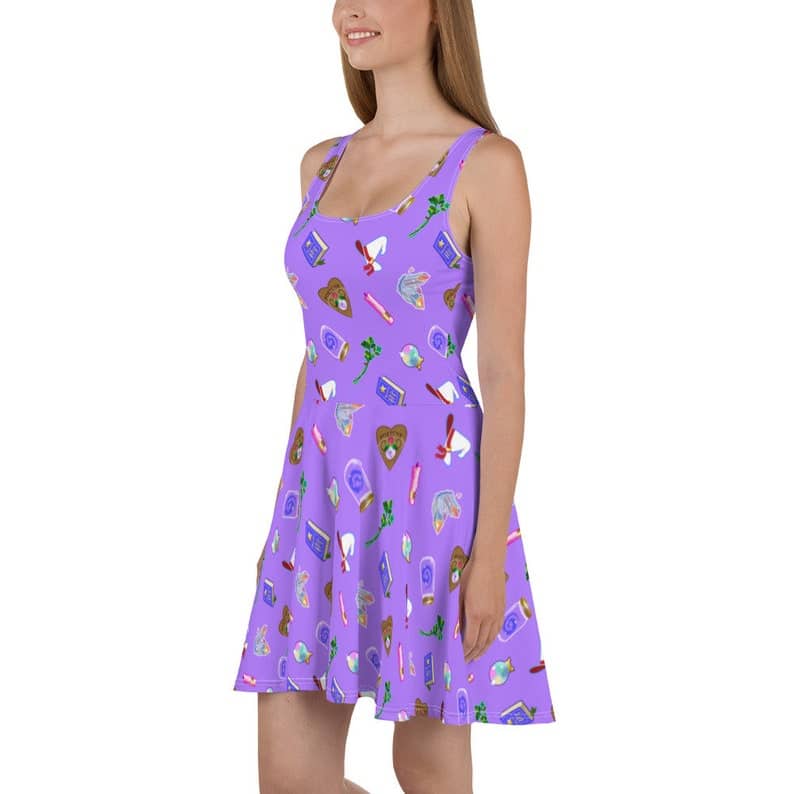

For buyers, the new classifications offer greater clarity and assurance about the origins and authenticity of the products they purchase on Etsy. This can enhance their shopping experience and foster greater trust in the platform.
Conclusion
Etsy’s recent policy reversal marks a significant moment in its history. As the platform continues to evolve, it faces the challenge of preserving its unique identity while meeting the demands of a competitive market. By emphasizing transparency and maintaining a commitment to the human touch, Etsy aims to reassure both sellers and buyers of its dedication to unique, quality products.
The introduction of new categories is a step towards achieving this balance, providing a clearer understanding of what constitutes a handmade or curated item on Etsy. As the e-commerce landscape continues to shift, Etsy’s adaptability and commitment to its core values will be crucial in ensuring its long-term success.
For Etsy to thrive, it must navigate the complexities of a changing market, balancing the need for growth and innovation with the preservation of its unique brand identity. By staying true to its roots while embracing new opportunities, Etsy can continue to be a vibrant marketplace for handmade, vintage, and unique items.





